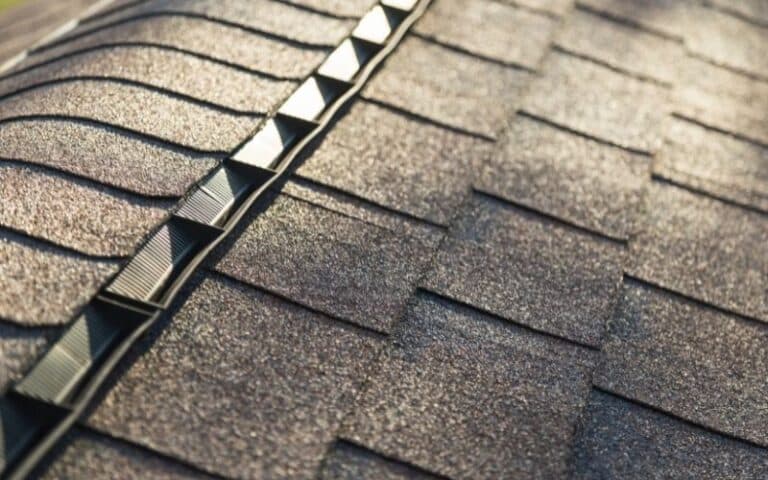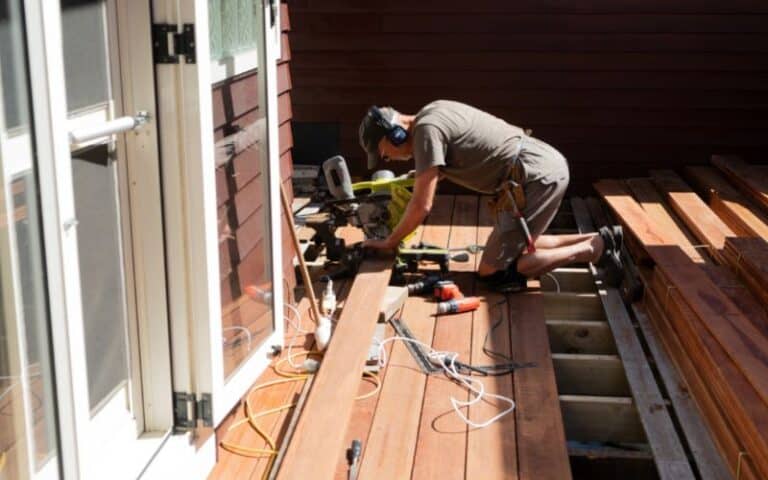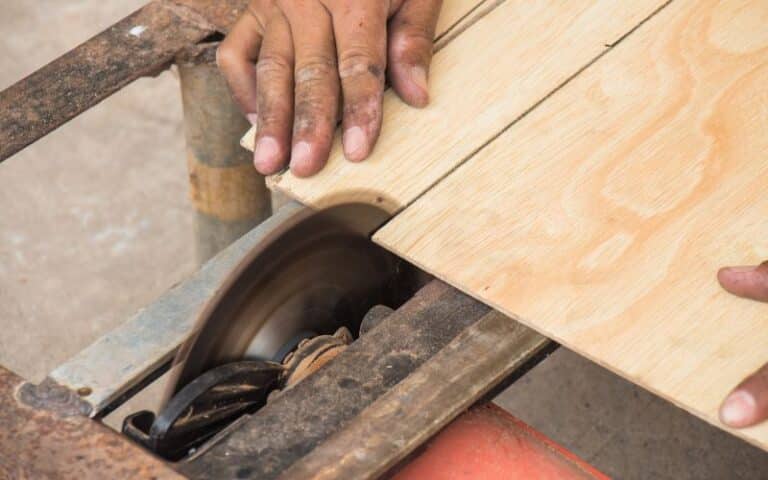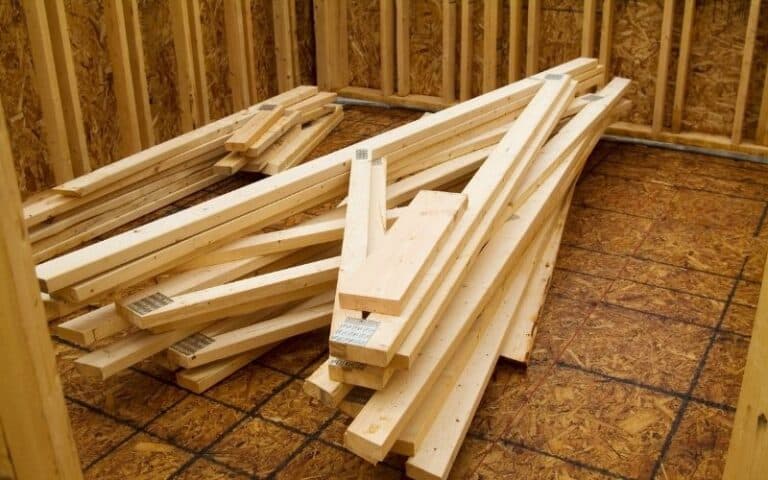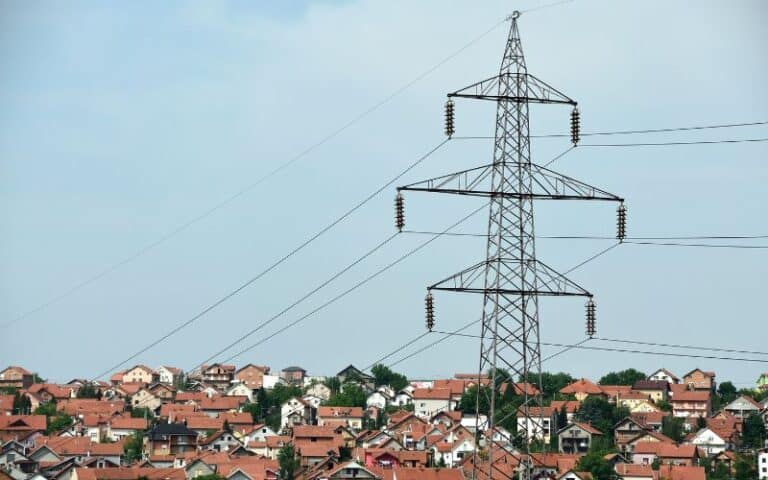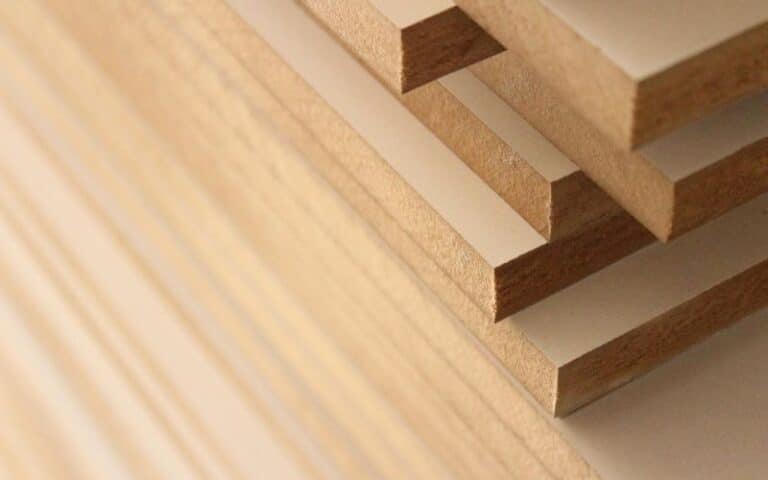Joist hangers are designed to hold timber joists together. They anchor deckings, floors, and ceilings by wrapping around them.
But can they be used for rafters? Well, this article dives right into that question.
You can use joist hangers to hang rafters only from a ledge. The joist hangers’ U shape helps them wrap around joists, giving them stronger support. If the rafter slopes, you’d have to use special rafter hangers or notch the rafters.
In this article, I’ll highlight everything you need to know about joist hangers and how you can use them.
Ready for a Roofing Quiz?
Do You Need Joist Hangers For Roof Rafters?

Since rafters need to hold their weight, you would need joist hangers. Joist hangers create long-lasting, strong support in construction.
In addition, joist hangers are mandatory for roofs and have an aesthetic appeal when left exposed. The joist hanger joins the rafter and structural framing of the roof.
Furthermore, they connect the roof much stronger than nails or screws. Some carpenters prefer using the toe-nail method of joisting hangers.
They prefer this method because it is cheaper and almost as strong as joist hangers.
However, even though toe-nailing is almost as strong as joist hangers. Joist Hangers are more precise in getting the job done.
Unlike toe nailing, where the joist might shift to the opposite side, joist hangers align well. There are various types of joist hangers. Some are;
#1. I-Joist Hangers
They are designed to join maximum load-carrying capacity with easy installation. They are possible for either face fix or top fix alteration.
They have to use detailed rotational checks to enjoy the correct functional performance.
#2. Heavy-Duty Joist Hangers
The heavy-duty joist hangers are engineered for operations where extra strength is needed. They can support heavily loaded timber beans.
#3. Long Leg Joist Hangers
The long-legged joist hangers are used when you structure floors at diverse levels to each other.
You can openly bend the legs of the joist hanger over to entertain different depths.
The longest leg joist is between 450mm to 600mm. While the shortest is 210mm, and the average size is 300mm.
#4. Mini Joist Hanger
As the word mini implies small, you use them for light duties. Mini hangers are used only for light duties like smaller timbers, trimmers, decking, ceiling joists, and studs.
You use mini hangers for breadths of 75mm and lengths of 100mm. Joist hangers are needed but not necessary in holding joists.
Building inspectors would not say a thing if you use toe-nailing. However, you need to note that toe-nailing requires more skill.
Wrongly placed toenails would compromise the structural integrity of a joist.
Related: Roof Joist Vs. Roof Rafter (In-Depth Comparison)
Can You Use Joist Hangers For Sloped Rafters?
You can use normal joist hangers for sloped rafters, but you’d want to indent the ends. You indent the ends with a level cut, so they’ll rest perfectly in the hanger.
There are also different types of joists to use in sometimes less common or special situations.
But there are some joist hangers designed mainly for sloped rafters examples are;
- Simpson LRUZ Hanger: you can use this hanger on a slope without notching the ends of the joist. You can also adjust it up or down until 45 degrees.
- SPR Connector: this assists the rafters from other wood members and can be sloped down or up by up to just 45 degrees.
Which is to say, You can adjust the slope angle manually on-site.
The roof’s slope means that you’d have to install them at an angle. Installing them can be a little trickish, seeing they’re slightly different from conventional joist hangers.
A carpenter would do the job without mistakes, but a DIYer could make a few. Below are tips on how to install joist hangers for sloped roofs;
- Use the correct size of hangers. Don’t use oversized or undersized hangers.
- The bearing of the surface must be to specifications
- Use the correct type of nails. Contact an expert if you aren’t certain about what type of nails to use.
- Fill each nail hole in the hanger. Most people leave those holes when they feel the joist is sturdy enough.
- Nail at 45 degrees, not straight into the grain. Nailing straight into the grain might cause the wood to split.
- Don’t use a standard hanger for a sloped roof. Use a slope-based hanger.
- To achieve maximum load-bearing capacity, the hanger height must equal 60% of the joist height.
- Follow expert instructions. If they give you several hangers to use, use exactly that.
- Use hot-dipped galvanized nails. These are better for holding the hangers.
- Avoid the temptation of reusing a hanger. Nailing and removing a hanger can tamper with its ability to hold joists efficiently.
- Use the correct joist type. Never modify the joists by cutting or bending them.
Will Joist Hangers Hold Rafters Better Than Nails?
Yes, joist hangers provide better holding strength than nails and even screws.
Moreover, joist hangers are easier to fit and are not expensive, provided how long they will last.
Given all the holes have screws or nails inserted in them, they provide amazing stability. Also, these devices are much more mending than regular nails or screws.
Joist hangers offer an increase in strength and stability for structural components.
A structure made from steel rather than timber would require you to weld the hanger to the steel.
You weld instead of depending on nails or screws. Welding provides better support. After that, the joist hangers help them wrap around a joist’s three sides.
There are reasons why some people still prefer to use nails rather than hanging rafters.
Below are the differences between using joist hangers and nails.
| Nails | Joist Hangers |
|---|---|
| Using nails is much cheaper. | It is more precise and makes everything align perfectly. |
| Alignment is more difficult. | Supports the underside of the joist. |
| It doesn’t support the underside of the joist. | A little more expensive than nails or screws. |
As seen from the table, use joist hangers to get maximum load-bearing efficiency and structural integrity.
Conclusion
In conclusion, we now know You can use that joist hanger for rafters. Also, You can use them for sloped rafters, but they require a different kind.
Furthermore, we now know that joist hanger are better than nails. As a DIYer, always consult with experts where you’re confused.

